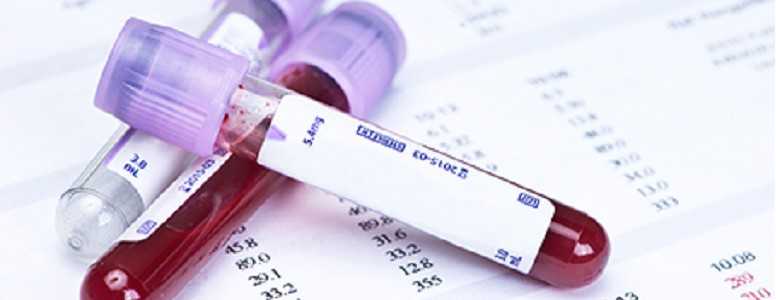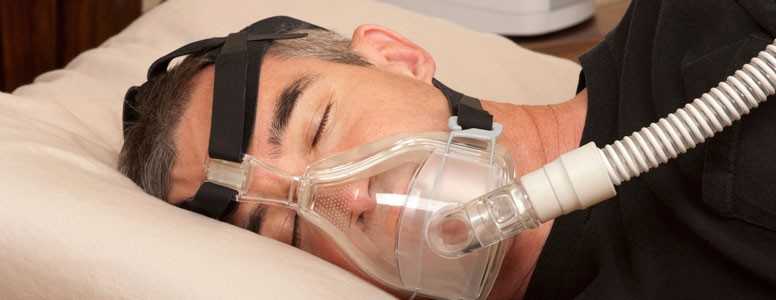Clear predictors of rising HbA1c have been identified in young people with type 1 diabetes in the US, as well as ways to improve blood sugar control.
Researchers from Joslin Diabetes Center and Harvard Medical School report that young people with type 1 diabetes tend to struggle to control their blood sugar levels, with fewer than one in five able to meet target HbA1c levels. However, the research suggests that this can be improved.
The study, conducted over a 20-year period, involved 635 young people aged 7-24 with type 1 diabetes. The research team collected insulin dose data and blood sugar levels across two decades, and also took into account gender, the person’s insulin regime and their weight.
A number of discoveries were made. Firstly, HbA1c levels tended to be higher in females during late adolescence and young adulthood when compared to males. Additionally, insulin doses were increased in females at between the ages of 8-13, but between the ages of 16-21 the doses were higher in males than females.
Senior author Dr Lori Laffel, Joslin Diabetes Center, said: “We need to attend to the glycemic deterioration that emerges in the second half of the teen years and early 20s, especially among female patients.
“The study confirms the notion that we may need to give more insulin to females during the periods when HbA1c levels are rising, or address other aspects of diabetes care, such as diet and exercise in efforts to improve HbA1c levels.”
The research also showed that insulin pump users tended to have better HbA1c levels compared to those on multiple daily injections (MDI), and required less insulin.
Dr Laffel added: “Insulin delivered by a pump may control glycemia in a more effective manner, with a lower insulin dose.
“Alternatively, persons using an insulin pump may find it easier to attend to their diabetes self-care in a timely manner, leading to better glycemic control with lower insulin doses.”
Weight did not seem to impact HbA1c levels in children aged between eight and 13 as no changes were noted among the obese and participants of a normal weight.
“These findings suggest that the insulin resistance, which generally occurs in association with pubertal growth and development, may develop at younger ages when youth are overweight or obesity,” concluded Dr Laffel. “Clinicians can be more proactive in adjusting insulin doses in order to prevent HbA1c deterioration for these youth.”
The study findings have been published in the Diabetic Medicine journal.
What's new on the forum? ⭐️
Get our free newsletters
Stay up to date with the latest news, research and breakthroughs.






